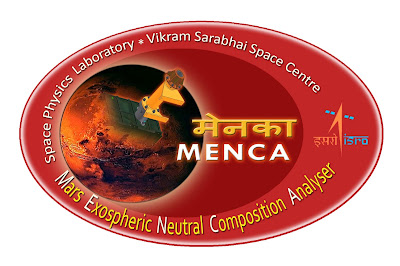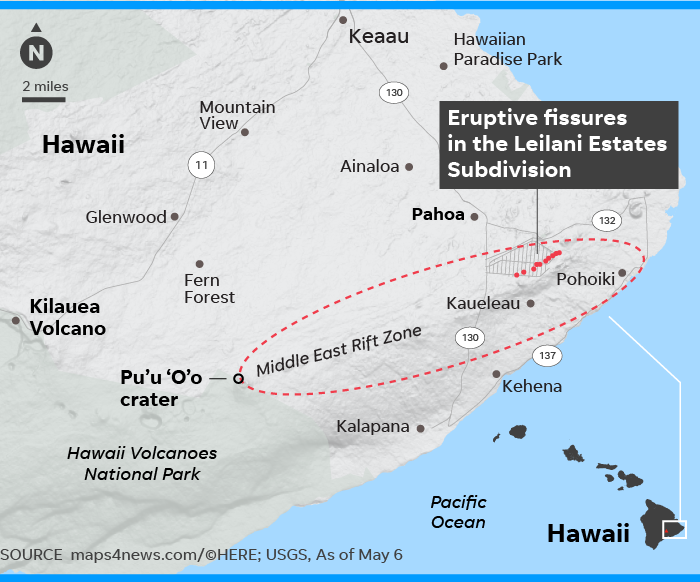


Geb was the Egyptian god of the Earth and later a member of the Ennead of Heliopolis. He had a viper around his head and was thus also considered the father of snakes. It was believed in ancient Egypt that Geb's laughter created earthquakes[1] and that he allowed crops to grow.
Geb was frequently described mythologically as father of snakes (one of the names for snake was s3-t3 – "son of the earth"). In a Coffin Texts spell Geb was described as father of the snake Nehebkau. In mythology, Geb also often occurs as a primeval divine king of Egyptfrom whom his son Osiris and his grandson Horus inherited the land after many contendings with the disruptive god Set, brother and killer of Osiris. Geb could also be regarded as personified fertile earth and barren desert, the latter containing the dead or setting them free from their tombs, metaphorically described as "Geb opening his jaws", or imprisoning those there not worthy to go to the fertile North-Eastern heavenly Field of Reeds. In the latter case, one of his otherworldly attributes was an ominous jackal-headed stave (called wsr.t) rising from the ground onto which enemies could be bound.
In the Heliopolitan Ennead (a group of nine gods created in the beginning by the one god Atum or Ra), Geb is the husband of Nut, the sky or visible daytime and nightly firmament, the son of the earlier primordial elements Tefnut (moisture) and Shu ('emptiness'), and the father to the four lesser gods of the system – Osiris, Seth, Isis and Nephthys. In this context, Geb was believed to have originally been engaged with Nut and had to be separated from her by Shu, god of the air.[3] Consequently, in mythological depictions, Geb was shown as a man reclining, sometimes with his phallus still pointed towards Nut. Geb and Nut together formed the permanent boundary between the primeval waters and the newly created world. [4]
His association with vegetation, healing[6] and sometimes with the underworld and royalty brought Geb the occasional interpretation that he was the husband of Renenutet, a minor goddess of the harvest and also mythological caretaker (the meaning of her name is "nursing snake") of the young king in the shape of a cobra, who herself could also be regarded as the mother of Nehebkau, a primeval snake god associated with the underworld.https://en.wikipedia.org/wiki/Geb

'Marsquakes' Could Shake Up Planetary Science



InSight's landing site is Elysium Planitia, a flat, smooth plain selected not for its surface features, but for safety considerations. InSight's purpose is to study the interior of Mars, not the surface. Thus, in the selection of a landing site, what's on the surface mattered less on this mission than for previous rover missions focused on the geology.
Planitia is Latin for a flat surface, geometric plane or flatness or a plain. Elysium is from the ancient Greek name for an afterlife paradise, usually referred to in English as the Elysian Fields.
https://mars.nasa.gov/insight/mission/timeline/prelaunch/landing-site-selection/It makes sense now that the previous Mars missions, Maven & India's MOM were about the "Phoenix palace of god"!
https://en.wikipedia.org/wiki/Aaru

MENCA (Mars Exospheric Neutral Composition Analyser) is a quadrupole mass spectrometer on-board India's Mars Orbiter Mission, MOM. In Indian mythology, "Menaka" considered to be the prettiest dancers (nymph) in "Indralok" the palace of god's god, "The Indra".
http://mom-mangalyaan.blogspot.ca/
http://www.planetary.org/blogs/guest-blogs/2016/0225-menca-brings-divine-wealth.html
The palace of god launched a day before the phoenix!:
https://syncspot.blogspot.ca/2018/04/mars-phoenix-storm-2014-2018.html
https://www.nasa.gov/image-feature/jpl/pia22232/insight-s-landing-site-elysium-planitia
InSight’s Landing Site: Elysium Planitia
https://www.nasa.gov/image-feature/jpl/pia22232/insight-s-landing-site-elysium-planitia
"Geb opening his jaws", or imprisoning those there not worthy to go to the fertile North-Eastern heavenly Field of Reeds.--
|
iArw meaning "reeds"; altn. Yaaru, Iaru, Aalu), known also as Sekhet-Aaru or the Egyptian reed fields, are the heavenly paradise, where Osiris rules, since he became part of the Egyptian pantheon and displaced Anubis in the Ogdoad tradition. It has been described as the ka (a part of the soul) of the Nile Delta.
Aaru usually was placed in the east, where the Sun rises, and described as boundless reed fields, like those of the earthly Nile Delta. This ideal hunting and farming ground allowed the souls here to live for eternity. More precisely, Aaru was envisaged as a series of islands, covered in "fields of rushes" (Sekhet Aaru), Aaru being the Egyptian word for rushes. The part where Osiris later dwelt is sometimes known as the "field of offerings", Sekhet Hetepet in Egyptian.
Aaru is also known as the home of Osiris
 |
Planitia is Latin for a flat surface, geometric plane or flatness or a plain. Elysium is from the ancient Greek name for an afterlife paradise, usually referred to in English as the Elysian Fields.
https://mars.nasa.gov/insight/mission/timeline/prelaunch/landing-site-selection/Series of Islands...
Lava flow crawls toward ocean as eruptions in Puna continue
Hawaii's Kilauea emits toxic gas from new cracks bubbling with lava"Hawaiian Paradise Park neighborhood, one of the largest subdivisions in the state, about five miles from the site of the eruptions."

 The earthquake was located around 18 miles south west of the Hawaiian Paradise Park and 26.6 miles south of Hilo, and was at a depth of around 4 miles.
The earthquake was located around 18 miles south west of the Hawaiian Paradise Park and 26.6 miles south of Hilo, and was at a depth of around 4 miles.
Puna=Paradise park
"Phoenix park"
Indeed the Phoenix is rising on point...
In the historical record, the phoenix "could symbolize renewal in general as well as the sun, time, the Empire, metempsychosis, consecration, resurrection, life in the heavenly Paradise, Christ, Mary, virginity, the exceptional man, and certain aspects of Christian life".



No comments:
Post a Comment